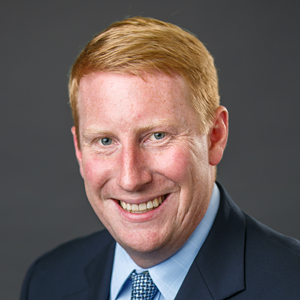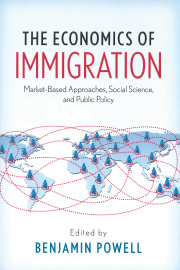Arizona recently became the first state to recognize other states’ occupational licenses. This reform will help Arizona’s economy, consumers, and licensed workers across the country. Other states should follow the state’s lead and then push on to more radical reform.
Occupational licensing has become a major regulatory burden on our economy. Today, one in five workers in the United States needs government permission to practice a profession. Only one in 20 workers required such permission in 1950.
Licensing is not just widespread; it’s also burdensome. A 2017 Institute for Justice report found that the average license for a low-income profession required almost a year of education or training, the passing of an exam, and the payment of $260 in fees. Since states do most of the licensing, when licensed professionals move to a new state, they have to get relicensed.After Arizona Gov. Doug Ducey signed the reform he said, “We’ve heard too many stories of licensed, experienced professionals denied the opportunity to work upon moving to Arizona.... With this first-in-the-nation reform, Arizonans who have recently moved here will be able to put their skills to work faster and without all the red tape.”
Not only will people put their skills to work faster, but they’ll also be more likely to move to Arizona in the first place. A 2017 study by economists Janna Johnson and Morris Kleiner found that people in licensed occupations were 36 percent less likely to move across state lines than people in unlicensed professions.
Other states have every reason to emulate Arizona. Even if licenses are needed to ensure competency, that competency doesn’t disappear when workers move. An electrician licensed as safe and competent in Texas doesn’t suddenly become incompetent when he moves across the line into New Mexico.
Unfortunately, occupational licensure has little to do with competency or quality. Most academic studies find no positive relationship between licensure and quality. Furthermore, the difficulty in obtaining a license often has little to do with the risk associated with malpractice. For instance, the Institute for Justice study found that, on average, obtaining a cosmetology license takes 11 times more training than obtaining a license to become an emergency medical technician.
In fact, occupational licensure is primarily for the benefit of existing practitioners. That is why it is often the practitioners themselves, such as funeral directors and interior designers, who lobby for licensing laws. Once a law is passed, industry insiders typically sit on the licensing boards and regulate entry into the profession in order to limit competition.
As a result, as economists Morris Kleiner and Evgeny Vorotnikov found, occupational licensure raises salaries in licensed professions 12.5 to 14 percent nationally. That may be good for those already licensed, but their gains come out of the pockets of consumers and would-be practitioners..
Human capital is underutilized when people best suited to an occupation choose not to practice it because they decide it’s not worth acquiring or, if they’ve moved, reacquiring the license. Moreover, resources spent lobbying the legislature for licensing laws could have been used to serve consumers. Kleiner and Vorotnikov’s 2018 study estimated that misallocated resources stemming from occupational licensure cost the U.S. economy nearly $184 billion per year.
These costs wouldn’t be entirely eliminated if all states followed Arizona’s example, but they would be lowered. Replacing occupational licensure with certification would do even more because unlike licensure, certification doesn’t convey a monopoly by prohibiting unlicensed competition.
It would be politically hard to replace licensure with certification because the licensed professions would lobby to keep their privileged positions. Unfortunately, the same politics would make it hard for other states to emulate Arizona. However, hard is not impossible—as Gov. Ducey and the Arizona legislature have demonstrated. Hopefully, other states will follow their lead.












